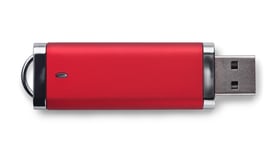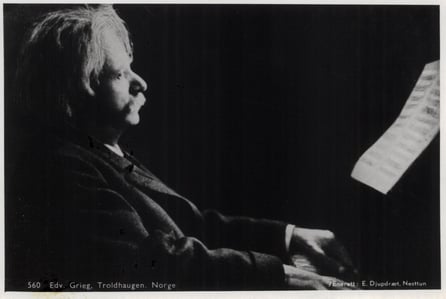
Litigators eat, breathe and sleep facts. Indeed, non-lawyers are often surprised by the near-fanatical thoroughness that many litigators exhibit when investigating the facts of a case. Most of us have either taken or defended 7-hour depositions, which seems like more time than anyone would ever need to ask questions of a witness. But often it's not enough (the witness would surely disagree)! Witnesses know lots of facts - sometimes more than they think they know or want to admit - and we need time to get those facts into the open.
Try out Timelines for free today — no credit card required.
We get our facts from other sources, too: written discovery requests, document productions, witness interviews, subpoenas, specialized investigative tools (such as LexisNexis Public Records), and exhaustive online research. For example, litigators will surely admire the work of Gary L. Alford, the IRS agent who identified the mastermind behind the illegal Silk Road marketplace using only Google's advanced search feature. Mr. Alford's creativity, drive, and skill with online search helped him solve what has been described as "one of the most vexing criminal cases" of recent years.
During fact investigations and formal discovery, we accumulate vast stores of information about our cases: documents, notes, dates, and names begin piling high. In the age of eDiscovery, the amount of information can be staggering. It's not uncommon for a lawyer representing a business in litigation to encounter millions of documents that need to be processed and reviewed. Of course, the number of relevant documents is often only a tiny fraction of that original set.
Even in small cases, the quantity of information can be large. A thumb drive or MicroSD card can hold gigabytes of data - enough to fill whole file-rooms of businesses in the days before we went digital

So how does a litigator manage all of this data and then use it deposition, mediation, briefs, hearings, and trials?
Threading the Needle with a Case Timeline
The trick to gaining control over burgeoning case data is locking it into a timeline or chronology, like our case timeline software. Lawsuits are ultimately dueling fact narratives, often with some shared facts, but differing themes. When evidence is tied into a timeline, it begins to assume significance by means of the connections it develops to surrounding elements. Like an isolated note of music, a single piece of evidence is nothing; but, when linked together with other evidence in a rich chronology, the evidence becomes something more, like the work of a great composer.

But we can't compose cases. We must work with the available materials and cannot make new evidence or ignore existing evidence. Even so, the work of synthesizing evidence, emphasizing select elements, ordering it, and finding connections is highly creative.
Indeed, our dual roles as rigorous fact investigators during discovery and artistic directors or choreographers during trial crystalize around the idea of a timeline. Without a rigorous timeline, the creative aspects of preparation lose their connection to the hard-edged facts and evidence. Alternatively, with only evidence and dry facts, the connections between case elements are harder to see. In short, a timeline permits us to unlock our creativity while still hewing close to the facts and evidence.
Some lawyers rely on detailed written notes and others use specialized timeline software to maintain their chronologies. Sometimes a hybrid approach works best, with software in place to track the fine-grained details, and legal pads for capturing moments of inspiration or broader case themes. For those who haven't used case chronology software, the benefit of these programs is the way they enable evidence to be hyperlinked to factual assertions, witnesses, and key issues or themes. It's possible to see exactly which facts involve a particular witness, or which facts fall under the heading of a particular issue. These relations are much more difficult to capture with a paper system, a program like Microsoft Word, or a note taking app. On the other hand, entering data into specialized timeline software may seem more time-consuming than writing notes in other forms, so many attorneys do not pick up the habit. Yet the time saved from searching through note pads or Word documents for previous almost always makes up for any extra steps in data entry.
Whatever method you use, having a timeline of some kind is almost always beneficial during the litigation process.